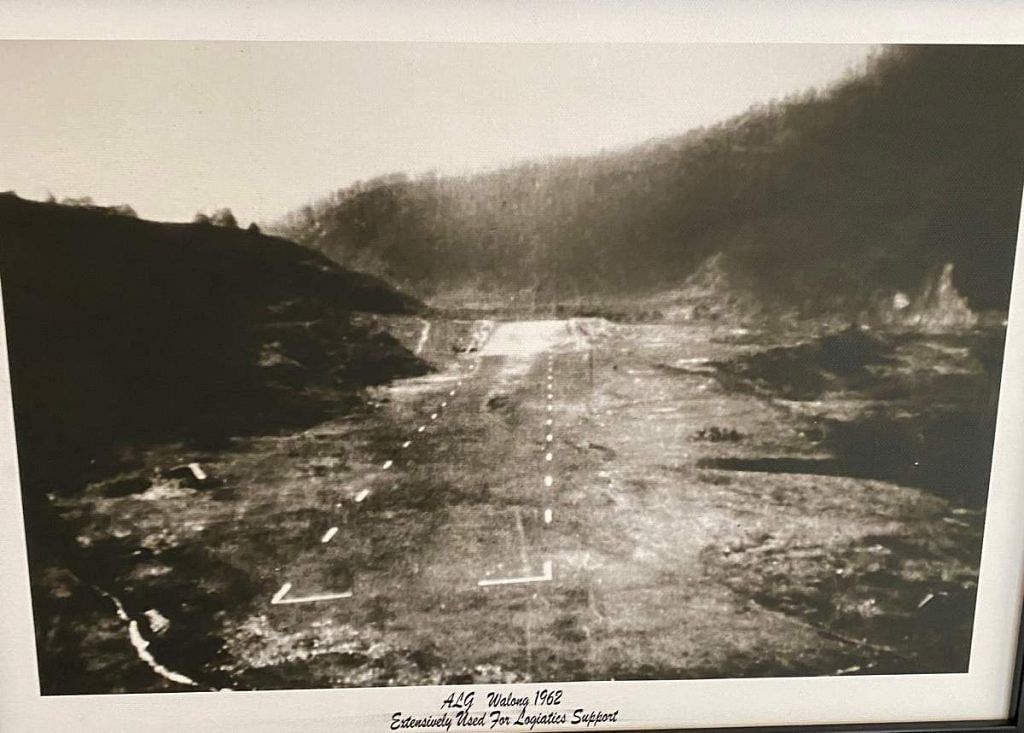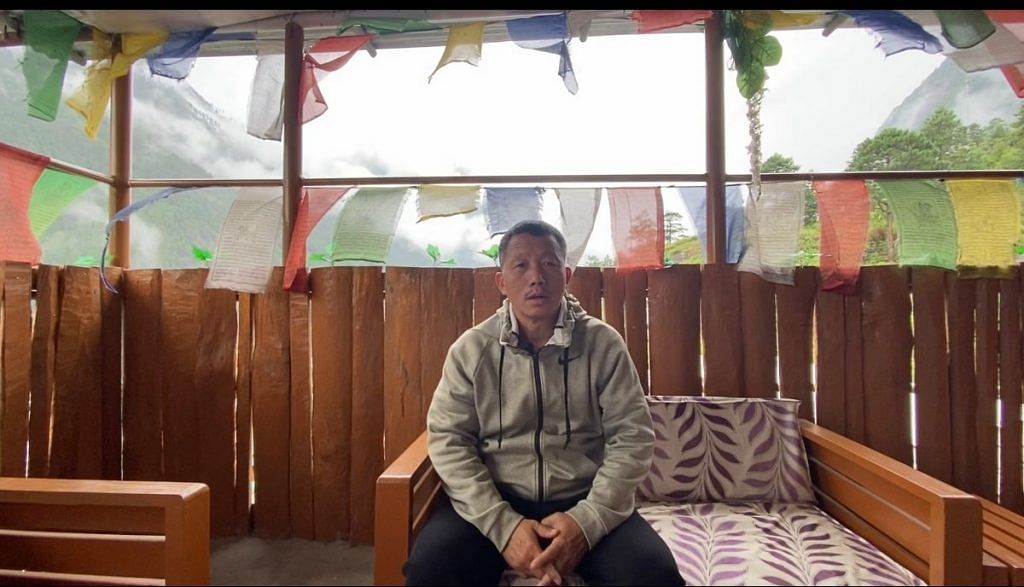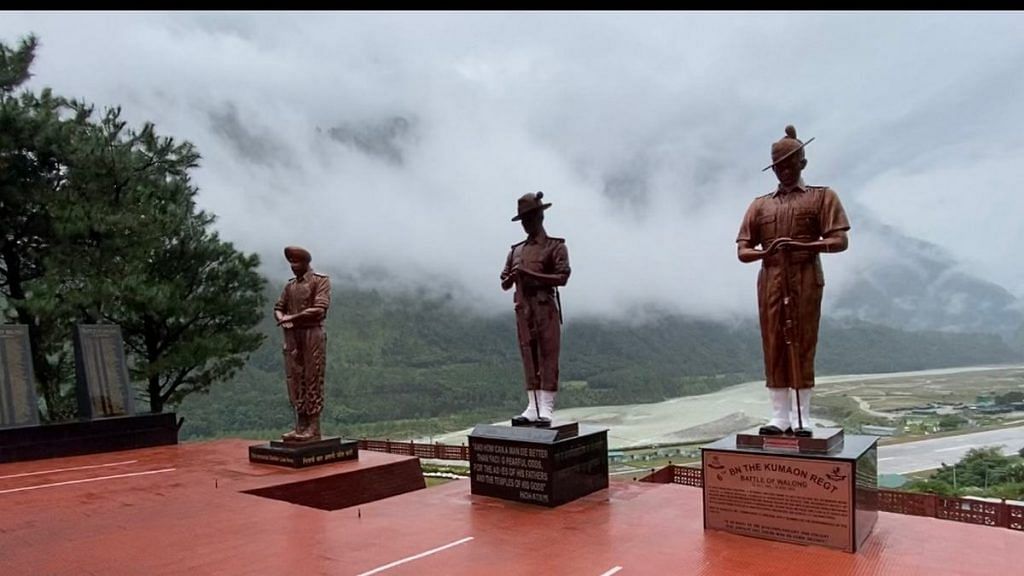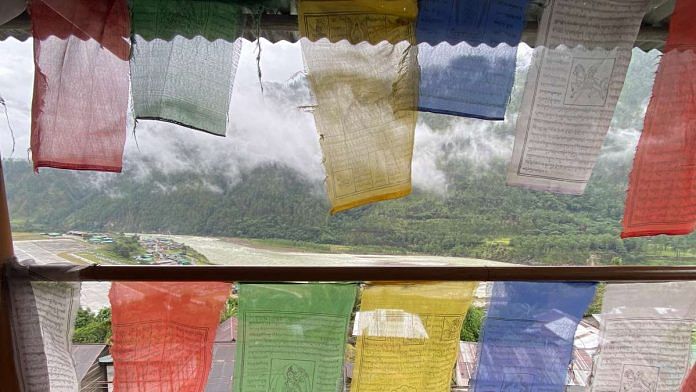Walong, Arunachal Pradesh: Loaded with supplies, the Otter light transport aircraft swirled and swerved amidst a blanket of clouds as it prepared to touch down on a narrow advanced landing ground at Walong, the easternmost town in India and then a part of the North-East Frontier Agency (NEFA).
Below, Indian soldiers were locked in a desperate battle for survival with the People’s Liberation Army. Watching the events anxiously, and occasionally lending a hand to the Indian soldiers, were the Mishmi and Meyor tribespeople — they knew the outcome of the fight would shape their own destiny.
Located 3,500 feet above sea level—and 40 kilometres from the contested India-China Line of Actual Control (LAC) — the airstrip was a lifeline during the October-November 1962 battle of Walong, the only Indian counterattack in the war with China.

The Mishmi and Meyor were not new to Chinese incursions. For more than 50 years before the war of 1962, they had known that the empire to the north was laying claim to their land. Ever since 1910-1911, flags of the Qing Empire had begun to be seen near Walong, challenging the writ of imperial Britain. The Chinese had also barred the Mishmi from trading in Tibet unless they pledged allegiance to the Qing Empire.
Today, 60 years on, the Walong War Memorial, perched on a hill above the landing strip in modern-day Arunachal Pradesh, honours the soldiers of the 11th Infantry Brigade from the 6 Kumaon, 4 Sikh, 3/3 Gurkha, 2/8 Gurkha and 4 Dogra regiments, who despite being outgunned and outnumbered, held off a massive Chinese onslaught for nearly three weeks between 23 October and 16 November 1962, when they were finally forced to withdraw.
As for the Mishmi and the Meyor, they rely on tales passed down from their elders. Not many eyewitnesses remain.
A few kilometres from the memorial, a 20-foot ladder is the only access to the village bakery overlooking the Lohit River. There, Wenomso Tamai, the gaon bura (village chief) of Walong, pensively recalls that local tribes lent a hand to the Indian soldiers, even if in a limited capacity.
“During the war, locals from the Mishmi and Meyor tribes would help in transporting military supplies from the airstrip to the forward locations. Though there are very few survivors from the time, we have heard many tales over the years,” he said.
What is spoken of less is how the 1962 India-China was a turning point in the Mishmi and Meyor tribes’ connections with Tibet.
Also read: Battle of Walong — how India fought its only counter-attack in 1962 India-China war
Links with Tibet
A narrow alley from the bakery leads to the village market, where sheltered from the drizzle under a row of multicoloured umbrellas, a group of locals discuss stories from the war. They claim the Chinese never harmed any families in Walong, but there are rumours that a few cows were stolen and taken across the border.
A short walk from the market takes you behind Walong’s local school, opening onto an open green expanse that runs beside the riverbank. Here, ThePrint meets a former regional officer who speaks under condition of anonymity about Walong’s old links with Tibet.

“Linkages of family and kinship endure between the Mishmis and Meyors and those across the border. Traditionally, people from Tibet would cross over to Walong for trade and culture. Specifically, Tibetan customs for death are prohibited by China. So, people would come across and practice their rituals here,” the former official says.
This exchange diminished after the 1962 war, but did not cease completely. However, as border tensions between India and China started escalating in 2020, cross-border interactions have ground to a halt, he adds.
In a 2012 paper in the journal Asian Survey, scholar Dawan Norbu explains how Tibet was the “connecting thread” in the 1962 India-China war. Tensions had mounted ever since the Tibetan resistance movement against Chinese occupation, which began in the early 50s, found support in India.
But well before this geostrategic theatre took shape, tribes like the Mishmi and Meyor had cultural and economic links with Tibet.
Historically, tribespeople in the region would freely move across the eastern Himalayas and Tibet. There was a fluidity of human settlement in the region — deepening linkages between tribes located across regions and borders.
As author and historian Bérénice Guyot-Réchard writes in her book Shadow States: India, China and the Himalayas, 1910–1962: “Migration was not a single, en masse movement but a constant, protracted, small-scale process. Contact and interaction accompanied migration. People travelled to visit relatives, to build alliances, to search for prey and above all, to trade”.
For these communities, the boundaries of heritage and geography were blurred.
Ambika Aiyadurai and Claire Seungeun unpack this tribal migration pattern in a 2017 article in the journal Asian Ethnology: “[T]here are three sub-groups within the Mishmi cultural group residing on the Indian side of the border—Idu, Digaru, and Miju.” Meanwhile, another sub-group, the Deng Mishmi, “live on the Chinese side in the county of Zayu, in Tibet”.
The Meyors drew their lineage from Tibet. Many settled in Walong in 1943-44 to “escape poverty” and “heavy taxation” in Dzayul (located in the Nyingchi prefecture of the modern-day Tibet Autonomous Region, or TAR), writes Guyot-Réchard. Where trade was concerned, the Mishmis were known to purvey poisonous and medicinal plants all across the eastern Himalayas and Tibet.
1962 war disrupted old links
After the fall of the Qing Empire in 1912, Chinese machinations in the Walong region subsided till the 1940s, and the intermingling between tribes continued from the Indian side of the Himalayas into Tibet.
But by the 1950s, a tussle for soft power had begun in earnest between Indian and Chinese border authorities, which is something that Guyot-Réchard describes at length in her book. While the Chinese attracted many Mishmis to their schools — which offered not just free education but food and accommodation — the Indians, too, doled out medical and agricultural supplies.
This relatively gentle push and pull ended after 1962, as did the free-flowing exchange between the people.
“Mishmis were barred from going home, cross-border interaction became more and more difficult, build-up [Indian] intensified, Indian authorities began to actively discourage interaction with trans-McMahon Line areas, and inhabitants who still insisted on it had to get special permission from military and intelligence,” writes Guyot-Réchard
Similarly, for the Meyor tribe, cross-border economic trade and cultural interactions largely halted after the 1962 war.
Fading memories
Back at the bakery, Wenomso Tamai says survivors from the war are few and far between, but their contributions have not been forgotten.
“The father of Tashi Tshering Meyor, the principal of the local school, was one of the porters helping transport supplies from the airstrip to the soldiers,” Tamai claims.
During the withdrawal from Walong, Mishmis and Meyors also provided soldiers with food and at times, helped them with navigating the routes from the mountains to the evacuation points, he adds.

Administration documents accessed by ThePrint show that 15-20 survivors from the Mishmi community still live in Anjaw district, within which Walong falls.
Locals claim that Kalin Basti, a small settlement 20 kilometres from Walong, has a few survivors from the Mishmi community who experienced the tumult of the war. “We don’t know if they were porters or just witnesses to the war. Beyond that, we don’t really know of any surviving kin from the time,” Tamai says.
“Nobody crosses over now. These are tales we used to hear from our parents. They say some Mishmis in the nearby village of Chaglagam have relatives in Tibet,” says a department store owner.
A way of living, a cultural confluence across the eastern Himalayas, then, saw its slow sunset with the war of 1962.
As the rain subsides, and the mist clears, the statues from the battle memorial loom over the hamlet.
(Edited by Asavari Singh)
Also read: From 1962 to Ukraine—three lessons for India’s non-alignment policy



